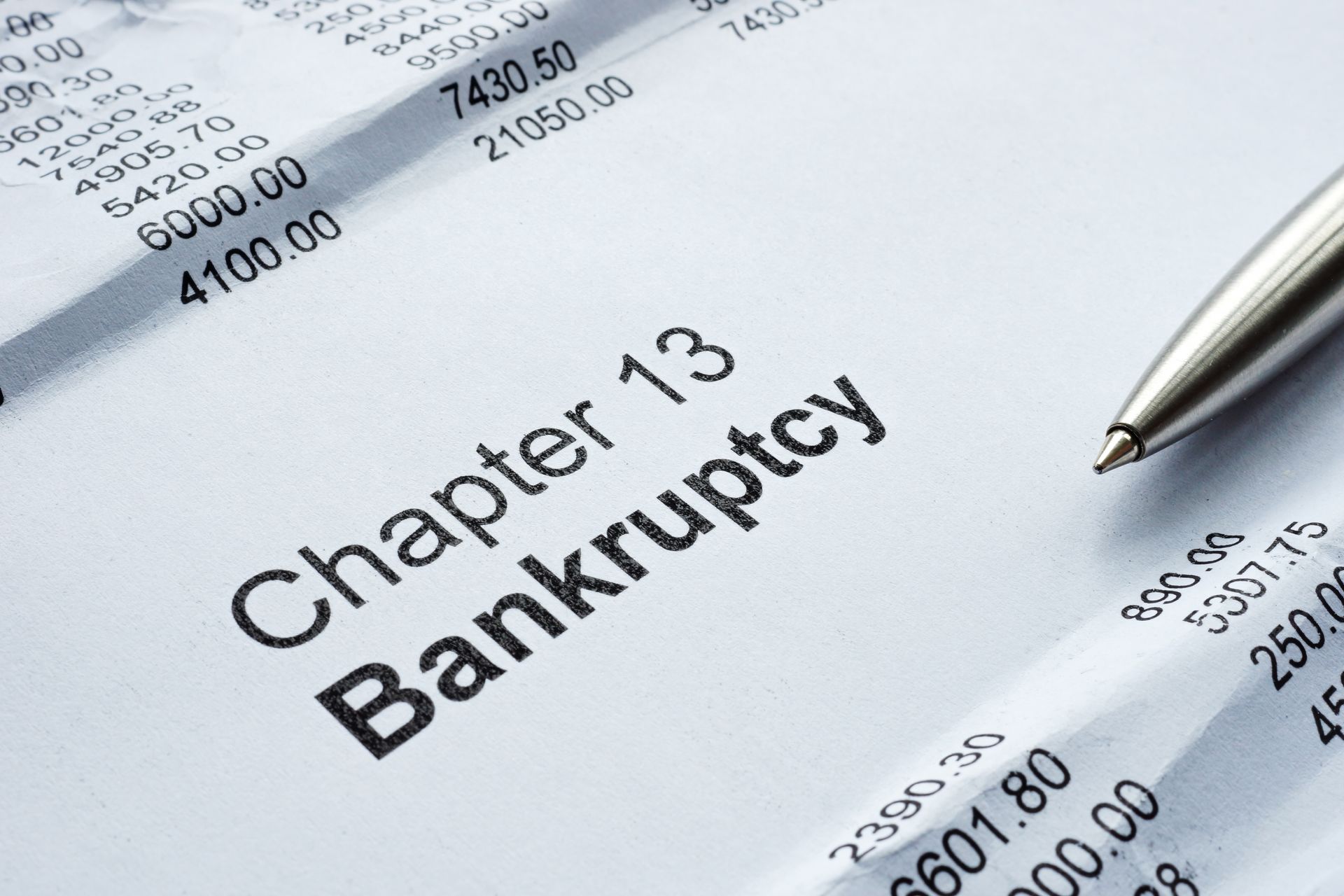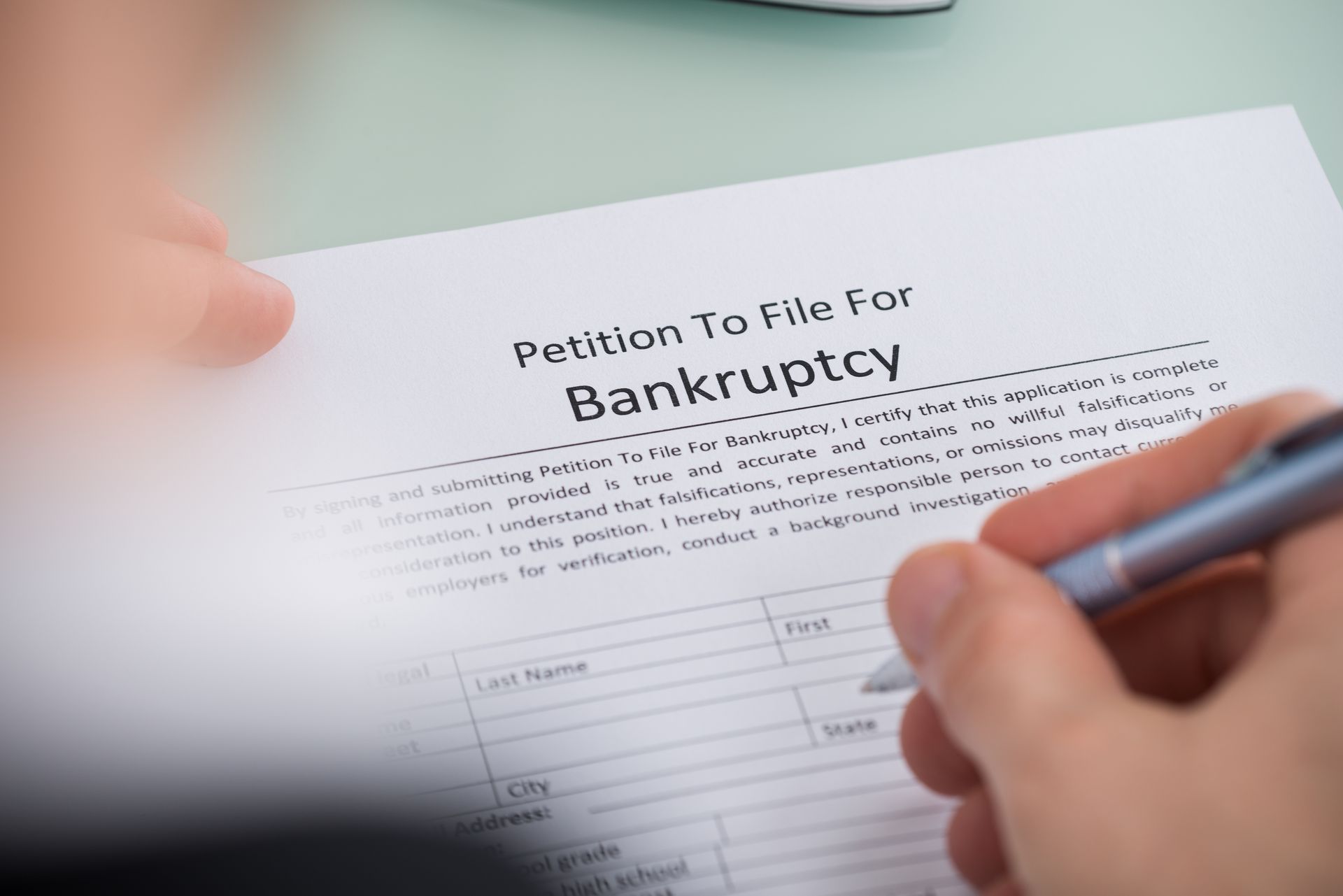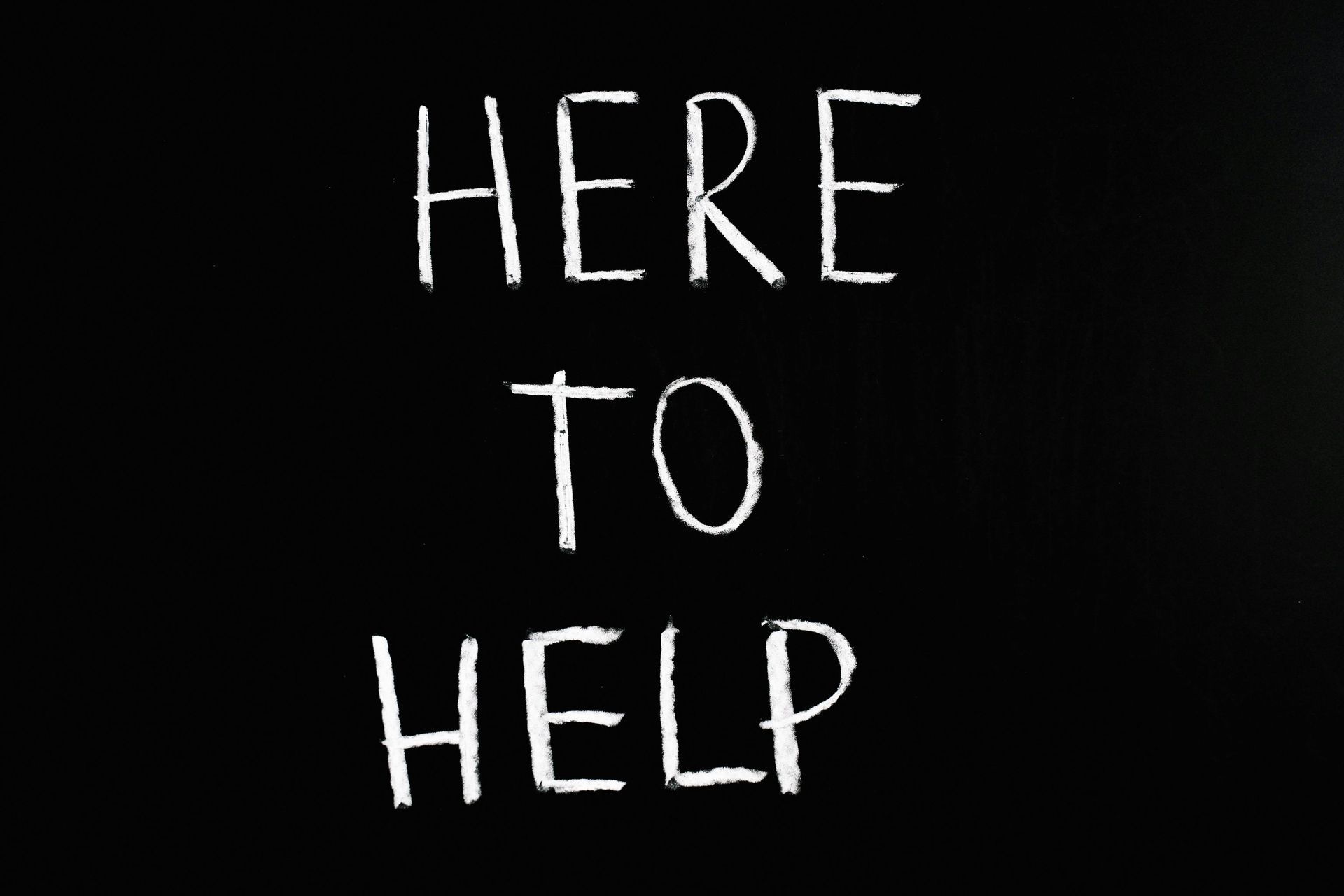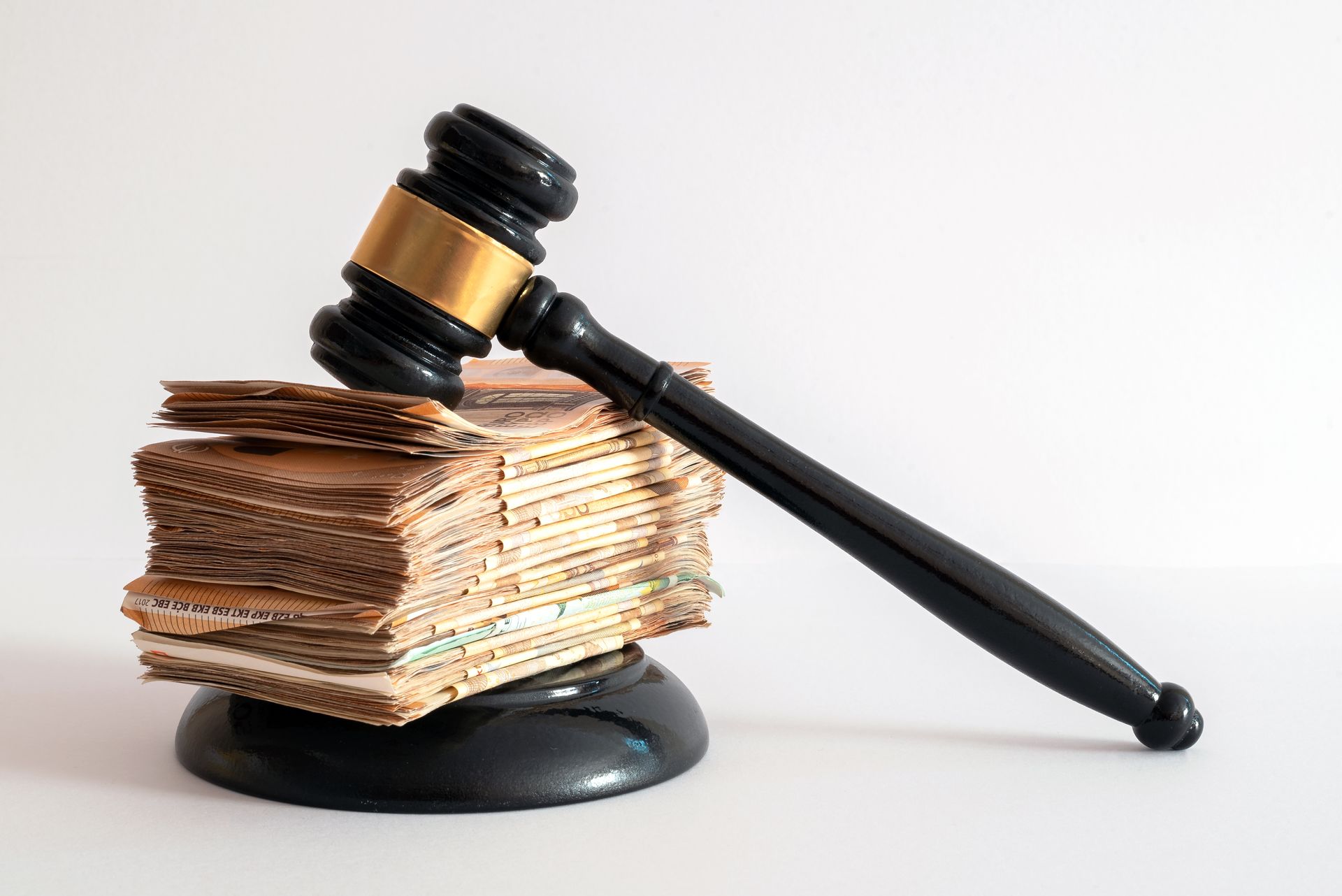Understanding Chapter 13 Bankruptcy: A Comprehensive Guide
when filing for chapter 13 bankruptcy, a person must

Introduction to Chapter 13 Bankruptcy
When financial storms hit, finding a safe harbor is crucial. Chapter 13 bankruptcy might just be that safe harbor for many. But what exactly is it? Often referred to as a "wage earner's plan," Chapter 13 allows individuals with regular income to develop a plan to repay all or part of their debts. Unlike Chapter 7, which liquidates your assets, Chapter 13 focuses on restructuring your debt.
Why Choose Chapter 13 Over Other Bankruptcy Types?
Why opt for Chapter 13 instead of other forms of bankruptcy? It’s simple: control. Chapter 13 allows you to keep your property while you repay your debts over time. It’s like hitting the reset button on your finances without losing your home or car.
Eligibility for Chapter 13 Bankruptcy
Who Can File for Chapter 13?
Not everyone can file for Chapter 13. You need a steady income to propose a repayment plan that the court will approve. This plan typically spans three to five years.
Income Requirements and Debt Limits
There are specific income requirements and debt limits for filing Chapter 13. As of the latest guidelines, your unsecured debts must be less than $419,275, and secured debts less than $1,257,850. These figures adjust periodically, so it’s essential to check the current limits.
The Chapter 13 Bankruptcy Process
Initial Steps to Filing
Filing for Chapter 13 starts with gathering all your financial information. This includes your income, expenses, debts, and assets. You’ll then file a petition with the bankruptcy court in your area.
Required Documentation
You’ll need to provide several documents, such as tax returns, pay stubs, and a list of creditors. Accuracy is crucial here; any discrepancies can delay the process or lead to dismissal of your case.
Creating a Repayment Plan
Understanding the Repayment Plan
The heart of Chapter 13 is the repayment plan. This plan outlines how you’ll pay back your debts over the next three to five years. It’s tailored to your income and expenses, ensuring it’s manageable.
How Long Does the Repayment Plan Last?
Typically, the plan lasts three to five years. The length depends on your income relative to your state’s median income. If your income is below the median, you might qualify for a three-year plan.
Role of the Bankruptcy Trustee
What Does a Bankruptcy Trustee Do?
A bankruptcy trustee oversees your case. They review your repayment plan, collect payments from you, and distribute them to creditors. Think of them as the middleman ensuring everything runs smoothly.
How the Trustee Influences Your Case
The trustee plays a pivotal role. They can object to your repayment plan if they believe it’s not feasible or fair to creditors. Their approval is crucial for your plan to proceed.
Automatic Stay: Immediate Relief from Creditors
What is an Automatic Stay?
Once you file for Chapter 13, an automatic stay goes into effect. This legal provision stops most creditors from collecting debts from you. It’s like a financial pause button, giving you breathing room.
Benefits of an Automatic Stay
The automatic stay can halt foreclosures, repossessions, and wage garnishments. It’s a powerful tool that provides immediate relief, allowing you to focus on your repayment plan.
Handling Secured and Unsecured Debts
Differences Between Secured and Unsecured Debts
Secured debts are tied to an asset, like a mortgage or car loan. Unsecured debts, like credit card debt, aren’t tied to any asset. Understanding this distinction is crucial for your repayment plan.
How Chapter 13 Treats Each Type
Chapter 13 allows you to catch up on secured debts while discharging a portion of unsecured debts. This dual approach helps you regain financial stability.
Impact on Credit Score and Future Borrowing
How Chapter 13 Affects Your Credit
Filing for Chapter 13 will impact your credit score. However, the impact lessens over time, especially if you make consistent payments under your plan.
Rebuilding Credit Post-Bankruptcy
Rebuilding your credit after Chapter 13 is possible. Start by making timely payments, keeping credit card balances low, and monitoring your credit report.
Legal Considerations and Attorney Involvement
Do You Need a Bankruptcy Attorney?
While it’s possible to file without an attorney, having one can be beneficial. They can navigate the complexities of bankruptcy law, ensuring your case goes smoothly.
Choosing the Right Attorney for Your Case
Select an attorney experienced in Chapter 13 cases. They should understand your financial situation and provide personalized advice.
Common Mistakes to Avoid When Filing
Errors in Paperwork
Mistakes in your bankruptcy paperwork can lead to delays or dismissal. Double-check all forms and seek legal advice if needed.
Misunderstanding the Repayment Plan
Ensure you fully understand your repayment plan. Misunderstandings can lead to missed payments and potential dismissal of your case.
Life After Chapter 13 Bankruptcy
Adjusting to Financial Changes
Post-bankruptcy life requires adjustment. Stick to your budget, avoid new debt, and focus on rebuilding your financial health.
Long-term Financial Planning
Consider working with a financial planner to set long-term goals. This can help you avoid future financial pitfalls.
Alternatives to Chapter 13 Bankruptcy
Exploring Other Debt Relief Options
Chapter 13 isn’t the only option. Debt consolidation, credit counseling, and settlement are alternatives worth exploring.
When to Consider Alternatives
If your income is too low or debts too high, alternatives might be more suitable. Evaluate all options before deciding.
Success Stories: Real-life Examples
Case Studies of Successful Chapter 13 Filings
Hearing from others who’ve successfully navigated Chapter 13 can be inspiring. These stories highlight the potential for financial recovery.
Lessons Learned from Others
Learn from their mistakes and successes. Their experiences can provide valuable insights for your journey.
Conclusion: Is Chapter 13 Right for You?
Summarizing the Pros and Cons
Chapter 13 offers a structured path to debt repayment, but it’s not without challenges. Weigh the pros and cons carefully.
Final Thoughts on Making the Decision
Deciding to file for Chapter 13 is significant. Consider your financial situation, consult with professionals, and make an informed choice.
1. What debts are discharged in Chapter 13?
Most unsecured debts can be discharged, but some, like student loans and child support, typically cannot.
2. Can I keep my home if I file for Chapter 13?
Yes, Chapter 13 allows you to keep your home while you catch up on missed mortgage payments.
3. How does Chapter 13 affect my spouse?
If your spouse is not filing with you, their credit won’t be directly affected, but joint debts will still need to be addressed.











